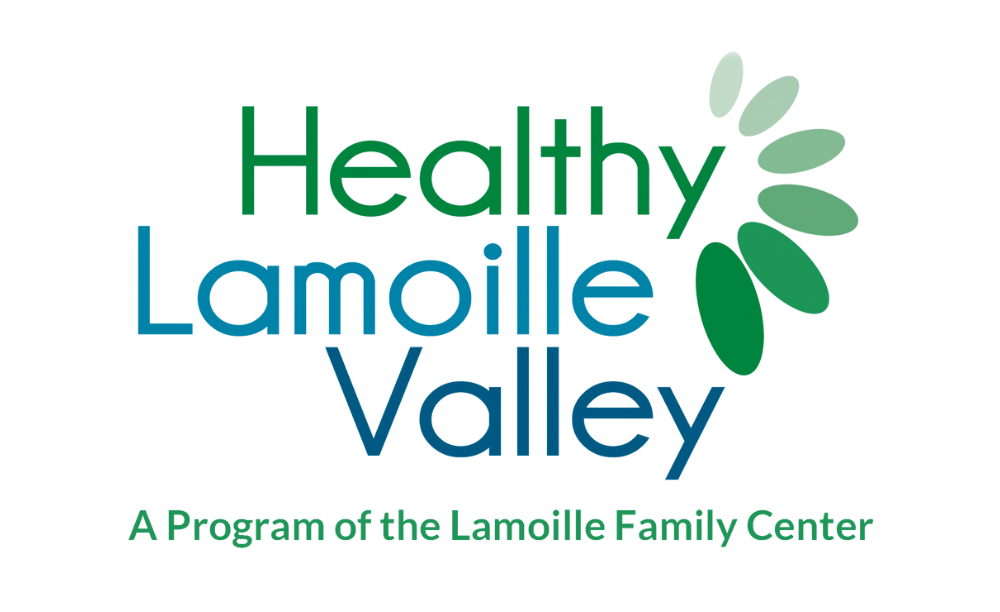High School
& Beyond
Session 6:
Optimal Leisure Experiences
Before you begin, read how you might use TW2:
Feel free to explore other grade levels for more inspiration, resources, and implementation ideas.
Session 6:
Optimal Leisure Experiences
Discussion:
Think about activities that you do where you lose track of time because you are so interested in what you are doing.
- What are some activities that give you that feeling?
- What activities give you the opposite feeling, where you are so bored and so restless you can’t wait to get done with the activity?
Discuss common threads among those activities. You may use the Leisure Pyramid.
Research suggests that having a balance of types of activities, and who you do things with, is important. What is also important is doing more activities on the bottom rungs of the pyramid than on the top rungs. Bottom rung activities tend to be healthier and more engaging.
Often when we do activities on the bottom rungs of the pyramid, we tend to “get in the zone” or experience “flow.”
Flow is a concept developed by psychologist Mihaly Csikszentmihalyi. It refers to a psychological state where one is completely immersed in and highly focused on what one is doing. Flow can happen in any activity, from work to doing artwork to praying to sports. Anything can produce being in the flow, but certain conditions or elements have to be in place for one to get in the flow. Also, there are certain types of activities that tend to lend themselves to a flow experience. Research suggests that experiencing flow on a regular basis contributes to health and wellbeing. This session will address flow in leisure.
Flow involves:
- Intense levels of concentration and focus.
- Being one with the activity, being totally absorbed.
- Not being worried about the outcome of the activity.
- Not feeling bored or wondering when you can do something else.
- Being very mindful of the activity and of your body and mind in connection with the activity.
- What do you think causes people to be focused and absorbed in the activity, versus being unfocused and uninterested?
Look at these two models of the flow experience to help explain flow.
- What are some activities that you do that would fit into category A in Model 1? What about D, or in between A and D?
- How would you feel if you were in a situation where you had a high degree of skill but there was little challenge? For example, you had a good skill level at modern dance but you were rehearsing for a play where you were learning a dance that was very simple and that you had learned 2 years ago.
Low skill level and high challenge is likely to lead to anxiety, whereas high skill and low challenge is likely to lead to boredom. Flow Model 2 details these relationships in more detail.
An important aspect of getting into the flow is that a person has a good match between their skill level and the degree of challenge of the activity.
In Model 1, the arrow in the middle pointing from A to B is called the Flow Zone. It suggests that one can achieve flow at low skill levels if the challenge is not too difficult and the person feels they can handle that challenge. As long as there is a balance between skill level and challenge, flow may be achieved.
Flow Model 2 shows a more detailed description of what can happen when skill level and challenge is unbalanced.
What this concept suggests is that if we know how to choose activities that match our skill level, we are more likely to have a positive experience.
When do you think people experience more flow? At Work or In Leisure?
- People can experience flow—being fully absorbed and energized—both at work and in leisure. Work often gives clear challenges and a chance to use your skills, which can create flow, while leisure offers freedom and fun, which can also lead to flow in different ways. (Csikszentmihalyi)
What are your flow activities?
Here are some ways to get into the flow in your daily activities.
- Find Activities You Enjoy: Flow is more easily achieved when you're passionate about what you're doing.
- Set Clear Goals: Knowing what you need to achieve and how to measure progress is crucial.
- Balance Challenge and Skill: The activity should be challenging enough to engage you but not so difficult that it leads to frustration.
- Eliminate Distractions: Create a workspace and mindset that minimizes interruptions and distractions.
- Practice Mindfulness: Focusing on the present moment through techniques like meditation can help you enter flow.
- Seek Feedback: Knowing how you're performing can help you adjust and stay on track.
- Embrace Challenges: Stepping outside your comfort zone can help you engage more fully with the present moment.
- Connect with Your Environment: Nature can be a great environment for reducing stress and enhancing focus.
- Be Patient and Persistent: Flow is a skill that can be developed through practice.
Summarize:
Low challenge and low skill (situation A in Model 1) may be easy or relaxing but it is not very engaging. Low challenge and high skill (situation C in Model 1) is likely to lead to boredom. When the challenge is much greater than your skill (situation D) you may feel anxious, stressed, or frustrated.
The flow feeling is like a natural high. Try to find activities that get you into the flow (the arrow in Model 1), and try to continually increase your skill level and challenge level to keep things interesting and not boring. It will also contribute to a healthier and happier you.





